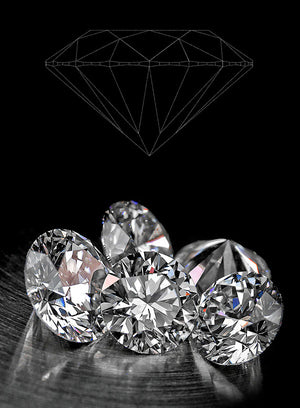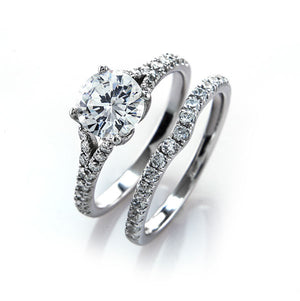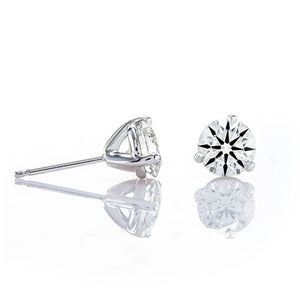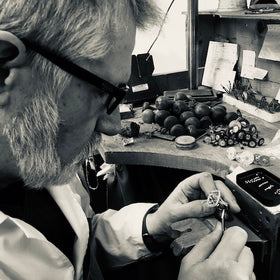
How to check a diamond for clarity
If you really want that engagement ring to sparkle as you propose to your better half, it's important to check for diamond clarity before committing to any one ring. Bigger isn't always better. In fact, the clarity and cut of the stone can have an impact on its brilliance. But here's the secret no one will tell you: Your best bet is to choose a diamond clarity grade that's clean to the naked eye - anything higher simply isn't worth the investment. Here are five things to look for as you check for clarity:
1. Visibility
As you look for internal imperfections in the diamond, also known as inclusions, take a look at their color. The darker the inclusions, the more visible they are to the naked eye, and the greater impact they'll have on the diamond's clarity grade.
2. Size
The size of inclusions can also have a significant impact on clarity grade. The larger they are, the more visible they will be to the naked eye. While you may be able to overlook small, colorless inclusions, if they are sizeable you may want to choose another diamond.
3. Number
How many inclusions can you see? While this sometimes affects diamond clarity, more often than not, it is one or two of the largest imperfections that set the clarity grade. In fact, a diamond with many small inclusions may still have a high clarity grade.
4. Position
When checking a diamond for clarity, positioning is key. If the inclusion is in a location that would be easily visible as your fiancee sports that diamond sparkler, the lower price may not be worth the lack of clarity.
5. Nature
The clarity grade of a diamond can also be affected by the nature of the inclusion, that is, how it is shaped. However, a precise and balanced cut from the Brian Gavin team can optimize the diamond's brilliance and conceal slight inclusions.
















